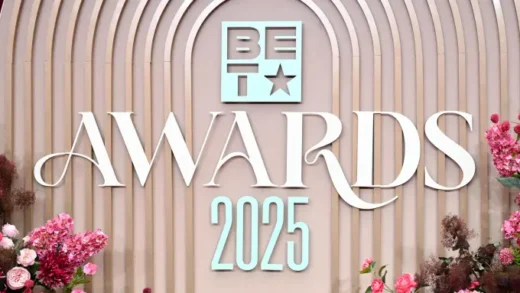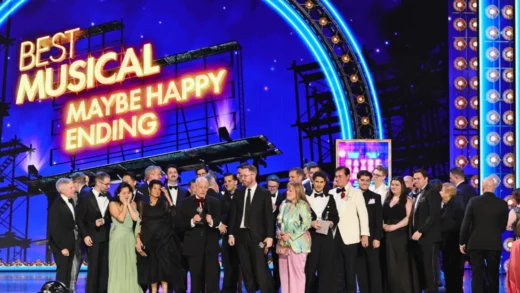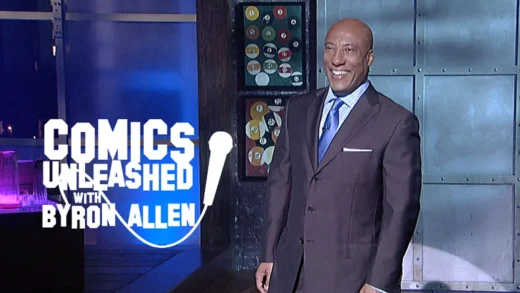With Halloween upon us, horror movies are in fashion to be watched this evening.
Horror has faced aspersions time after time. In being on the fringe of pop culture, the genre has had the space to do bold things. To be transgressive. To leave an indelible mark on the medium of film. This isn’t to say every horror movie is inherently great, but it most assuredly has the potential for potency. The genre is a platform for poignant stories that tap into a primal part of us. Horror movies can be exhilarating and boast rich subtext. Some more so than others and that’s okay. There are different subgenres and kinds of horror movies. This hasn’t stopped people from dismissing the entire genre, much like people dismissed science-fiction movies during the genre’s nascence.
This doesn’t mean we shouldn’t talk about the flaws of the work within the genre—including problematic things—for having a dialogue is how we can be mindful and do better. Essays upon essays have and will be written about this topic. Engaging with the genre instead of dismissing it entirely is important. My mother forbade me from having anything to do with horror when I was a child. She had her own preconceptions about the genre, perhaps due to the sociopolitical climate at the time, the negative reputation of horror that spawned from the onslaught of the slasher subgenre, and her own fears. This didn’t stop me from feeling drawn to horror. It primed my imagination, scared the living hell out of me, helped me process traumatic parts of my life, and thrilled me in a way that felt entirely different from other genres.
At its core, horror is about fear. Survival is innate to us. Programmed into our autonomic nervous system are two responses: the sympathetic (“fight or flight” response) and parasympathetic systems (“rest or digest” response). Think of them as a “balancing act” to either amp us up or relax us with physiological changes in the brain and body. It’s a survival mechanism. This along with our brains placing a greater emphasis on narratives with emotional resonance are why horror is thrilling, memorable, and has prevailed for so long. We live in a world that has beautiful AND horrific things. There are acts of compassion and grisly acts of violence. There is life and there is death. There is what we know and what we don’t know. The unknowable is terrifying and at the heart of what we fear.
Horror is a fertile ground for stories that can take us to dark and dangerous places without actually being dangerous. Universal’s classic movie monsters brought horror literature from the page to a medium in its nascence. Frankenstein (1931), The Invisible Man (1933), and The Bride of Frankenstein (1935) are fascinating explorations of mortality and the downfall of egotistical men toying with things beyond their understanding. Psycho (1960), Black Christmas (1974), and The Texas Chainsaw Massacre (1974) were what set the stage for Halloween (1978), which in turn led to Friday the 13th (1980), A Nightmare on Elm Street (1984), Child’s Play (1988), and Scream (1996). I don’t have the space to name every slasher horror movie, but those I’ve mentioned all have different approaches. Then there is, of course, the spate of horror films from Hammer Film Productions in London throughout the 1950s, 60s, and 70s. At Hammer’s peak, they made vibrant, gothic horror movies that pushed content boundaries with the well-oiled machine that was the production studio and lean budgets. Guillermo del Toro’s Crimson Peak (2015) is a beautiful tribute to the gothic atmosphere of those Hammer films.
Horror can explore difficult or even unspeakable subjects and give the audience a greater understanding through metaphorical imagery and the visceral nature of the genre. Rod Serling left the guaranteed screenwriting work inside the movie studio system and put up his own money for The Twilight Zone (1959) television series. Serling wanted to write stories with sociopolitical messages, and his work was stymied over and over by the network sponsors’ demands. In creating an anthology show that billed itself as “science-fiction,” but really felt like the nexus of the former and “horror,” Serling was able to write stories with biting social commentary. The reputation of the genre gave The Twilight Zone a facade to subvert viewers’ expectations and escape the censors. George A. Romero pushed the genre further with Night of the Living Dead(1968), Dawn of the Dead (1978), and Day of the Dead (1985) — all movies with an incisive social commentary, and boundary-pushing gore and thrills. Get Out (2017) masterfully uses horror by subverting the supernatural/possession subgenre and creating a powerful story about race in America. The Twilight Zone (2019) revival series in good hands with Jordan Peele at the helm.
(Excerpt) Read More at: FilmSchoolRejects.com





